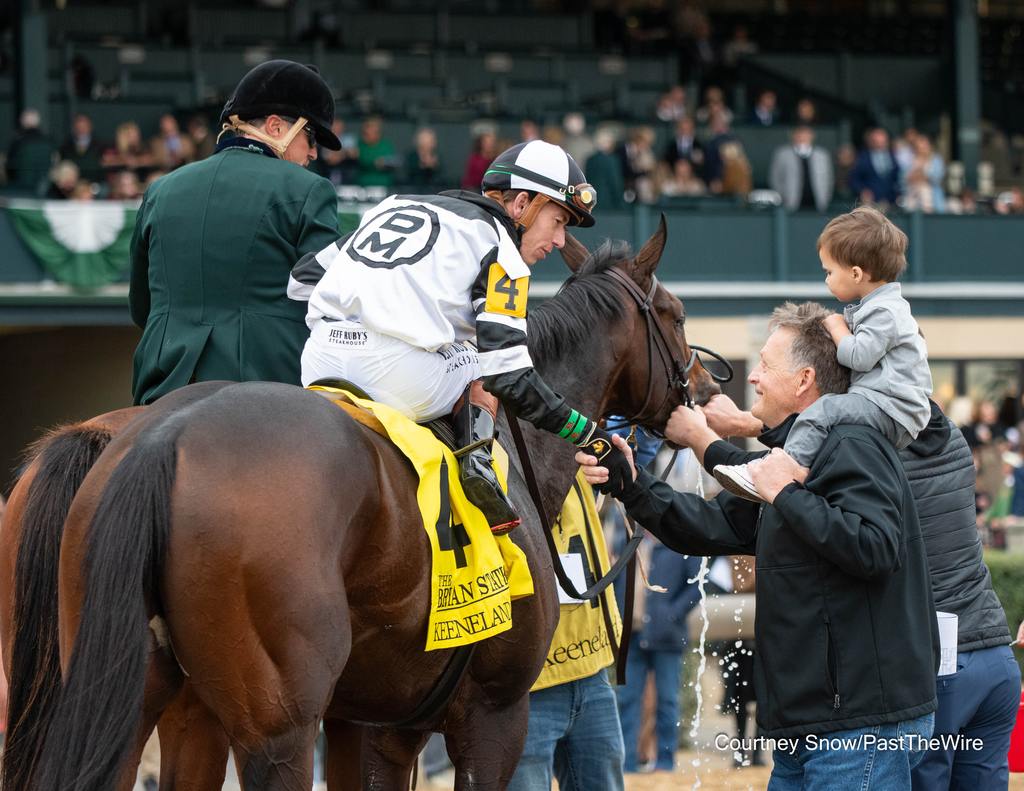
There’s something magnetic about a race just minutes before the gates open. The crowd hums, the board flickers, and odds twist and tighten like a living thing. Those numbers, 4/5, 12/1, 25/1, aren’t random. They’re the pulse of horse racing itself, reflecting not only a horse’s talent but also the collective confidence of every bettor watching the clock tick down.
Horse racing odds tell a story that blends data, history, and instinct. They reveal what experts believe, what fans hope for, and how the marketplace reacts in real time. Understanding how those odds are created and why they change opens a new layer of appreciation for the sport.
How Horse Racing Lines Are Set: From Morning Line to Post Time
Every race begins with a foundation: the morning line. From there, odds evolve, shifting with the rhythm of public wagers, insider analysis, and breaking developments on race day.
The Morning Line: The Expert’s Starting Point
Before wagering opens, a track handicapper establishes the morning line by assessing factors like recent performance, trainer and jockey records, race class, distance, and track conditions. These opening odds aren’t predictions but informed benchmarks, a snapshot of expert judgment before the public shapes the market.
The Pari-Mutuel System: A Marketplace of Belief
Once wagering opens, odds begin to move with the market. In traditional pari-mutuel pools, bettors compete against each other, and odds shift as money comes in on each horse. Modern platforms, however, display fixed or dynamic horse racing odds that update in real time, giving fans a clear view of changing expectations as race day unfolds.
What Really Moves the Odds: Smart Money, Public Hype, and Late Surprises
The odds you see aren’t set in stone. They respond, sometimes dramatically, to the push and pull of professional analysis, crowd enthusiasm, and unexpected news.
Sharp Money and Late Moves
Professional bettors, often called “sharps”, wait until late in the day to make their move. Their large, data-driven wagers can reshape the market within minutes. When a horse’s odds suddenly drop before the race, it often signals that serious analysts have found confidence in its potential.
That movement becomes a clue for observant fans. The late money isn’t just a fluke, it’s a whisper from those who’ve studied everything from speed figures to sectional times.
The Emotional Crowd
Then there’s the public, passionate, loyal, and sometimes impulsive. A popular jockey, a catchy horse name, or even a viral highlight can spark a surge of bets that shift the odds in unexpected ways. This collective enthusiasm can make a favorite seem stronger on paper than in reality. The crowd’s heart doesn’t always align with the data, and that’s part of the sport’s charm.
The Curveballs
No day at the races is immune to surprises. A jockey change, a scratch, or a sudden rain shower can upend expectations. Odds react instantly, showing just how sensitive the market is to every new piece of information. Experienced bettors know that flexibility matters, conditions can shift faster than a sprint down the stretch.
To see how deep professional analysis can go, check out Past The Wire’s early Thoro-Graph look at key Breeders’ Cup horses, a reminder of how expert insight and statistical precision influence betting confidence at the sport’s highest levels.
Decoding Favorites and Long Shots
Behind every set of odds lies a message, one about probability, payout, and public expectation.
The Math Behind the Magic
Fractional odds represent both potential return and perceived likelihood.
For instance:
- Favorites (4/5 or 1/1): Lower odds mean higher expectations. A winning $5 wager at 4/5 yields $4 profit plus your stake,
- Long Shots (20/1 or 50/1): Higher odds show a lower perceived chance, but a winning $1 ticket can bring $20 or more in return.
These ratios let fans interpret the crowd’s collective belief, a balance between what’s likely and what’s possible.
Reading Between the Lines
Every long shot carries the thrill of surprise, while every favorite bears the weight of expectation. History is filled with moments where the underdog surged past the crowd’s assumptions. When you understand what those numbers imply, you can see a race not as a blur of motion, but as a live reflection of human analysis, hope, and competition.
Reading the Market Like a Pro
As post time nears, odds become a conversation between confidence and caution, a back-and-forth that reveals how the market feels.
- When a favorite’s odds shorten too dramatically, it might signal that enthusiasm has outweighed careful evaluation,
- When a long shot begins to attract attention, it may show that informed bettors are noticing overlooked strengths,
- Comparing your own read of a horse’s performance potential with what the odds suggest can help you appreciate where public opinion and private insight diverge.
For many fans, this dance of numbers becomes part of the fun. Watching how the odds evolve transforms every race into both a contest of horses and a clash of interpretations.
The Ever-Evolving Language of Odds
Odds are more than figures on a board, they’re the heartbeat of horse racing. They measure belief, broadcast anticipation, and capture the sport’s mix of precision and unpredictability. Whether you’re backing the favorite or taking a chance on the outsider, understanding how odds move transforms each race into something deeper, a living story written in numbers, instinct, and collective belief.
Every flicker in the odds tells us something new. Every long shot and lock pick carries its own narrative. And when the gates finally open, the numbers fade, leaving behind the thunder of hooves, the roar of the crowd, and the enduring magic that makes this sport timeless.
*Content reflects information available as of 22/10/2025; subject to change



